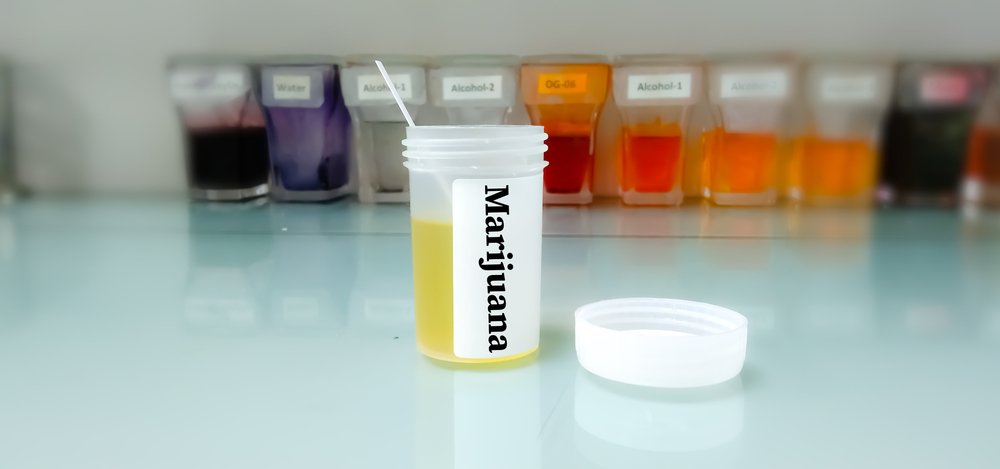How Long Does An Edible Stay In Urine Test

For individuals consuming cannabis edibles, a common concern revolves around detection windows for drug tests, particularly urine tests. Understanding how long cannabis metabolites, specifically THC-COOH, the primary metabolite screened for in urine, remain detectable is crucial for various reasons, from employment to legal compliance.
This article delves into the factors influencing the duration of detectability, providing a comprehensive overview based on scientific data and expert opinions. It aims to clarify the complexities surrounding edible consumption and urine test results.
Factors Influencing Detection Time
Several factors play a significant role in determining how long THC-COOH remains detectable in urine after consuming cannabis edibles. These factors range from individual metabolic rates to the frequency of cannabis use.
Metabolism and Body Composition
Individual metabolism rates significantly impact how quickly the body processes and eliminates THC and its metabolites. People with faster metabolisms tend to clear THC-COOH more quickly than those with slower metabolisms.
Body fat percentage also plays a role. THC is fat-soluble, meaning it's stored in fatty tissues. Individuals with higher body fat percentages may retain THC metabolites for longer periods.
Dosage and Frequency of Use
The dosage of the edible consumed directly correlates with the concentration of THC-COOH in the body. Higher doses lead to longer detection windows.
Chronic or frequent users will have a build-up of THC metabolites in their system, resulting in a longer detection period compared to infrequent or first-time users. Regular users often experience much longer detection windows.
Hydration and Physical Activity
While drinking plenty of water might temporarily dilute urine, it won't significantly shorten the overall detection window. It can, however, affect the concentration of metabolites in a specific urine sample.
Physical activity can theoretically help release THC metabolites stored in fat cells. However, its impact on reducing overall detection time is limited and shouldn't be relied upon.
Typical Detection Windows
It's important to understand that detection windows are ranges and can vary significantly. These are guidelines based on average findings, not definitive timelines.
Single Use
For infrequent or first-time users, THC-COOH can typically be detected in urine for up to 3 days after consuming an edible.
However, individual variations can still cause some users to test positive for a longer or shorter period. The consumed dosage is critical.
Moderate Use
Moderate users, defined as consuming edibles a few times per week, may have detectable levels of THC-COOH for up to 7-10 days.
This timeframe assumes consistent moderate usage, and variations will occur depending on the precise amounts and frequency of consumption.
Chronic Use
Chronic, heavy users can test positive for THC-COOH in urine for 30 days or even longer. In some cases, detection can extend to several months in very heavy users.
It is crucial to note that these are averages and extremes can exist. Individual differences will still occur.
Urine Testing Specifics
Urine tests typically screen for THC-COOH, a metabolite produced by the body after processing THC. Standard cut-off levels, such as 50 ng/mL, are used to determine a positive result.
Different labs and testing facilities may use varying cut-off levels, which can impact the sensitivity of the test and the likelihood of a positive result. Be aware of the test’s specific parameters.
False positives are rare but can occur due to certain medications or cross-reactivity with other substances. Confirmation testing, such as gas chromatography-mass spectrometry (GC-MS), is usually performed to confirm positive results.
Legal and Societal Implications
The detection of THC-COOH in urine has significant implications for employment, legal proceedings, and participation in certain programs. Many workplaces still maintain zero-tolerance policies regarding cannabis use.
Positive drug tests can lead to job loss, denial of employment, or legal consequences, even in states where cannabis is legal for recreational or medical use. Understanding the detection windows is therefore essential.
As cannabis laws continue to evolve, the need for standardized testing procedures and reasonable accommodation for legal cannabis users is growing. This is an evolving landscape.
Conclusion
The length of time an edible stays detectable in urine varies significantly depending on individual factors and consumption habits. While general guidelines exist, individual experiences can differ greatly.
Understanding these factors is crucial for making informed decisions regarding cannabis use and for navigating situations where drug testing is required. Always consult with a medical professional for personalized advice.
Ultimately, awareness of the detection windows and the factors that influence them empowers individuals to make responsible choices and to understand the potential consequences of their actions. More research and standardized testing procedures are needed to improve accuracy and fairness.
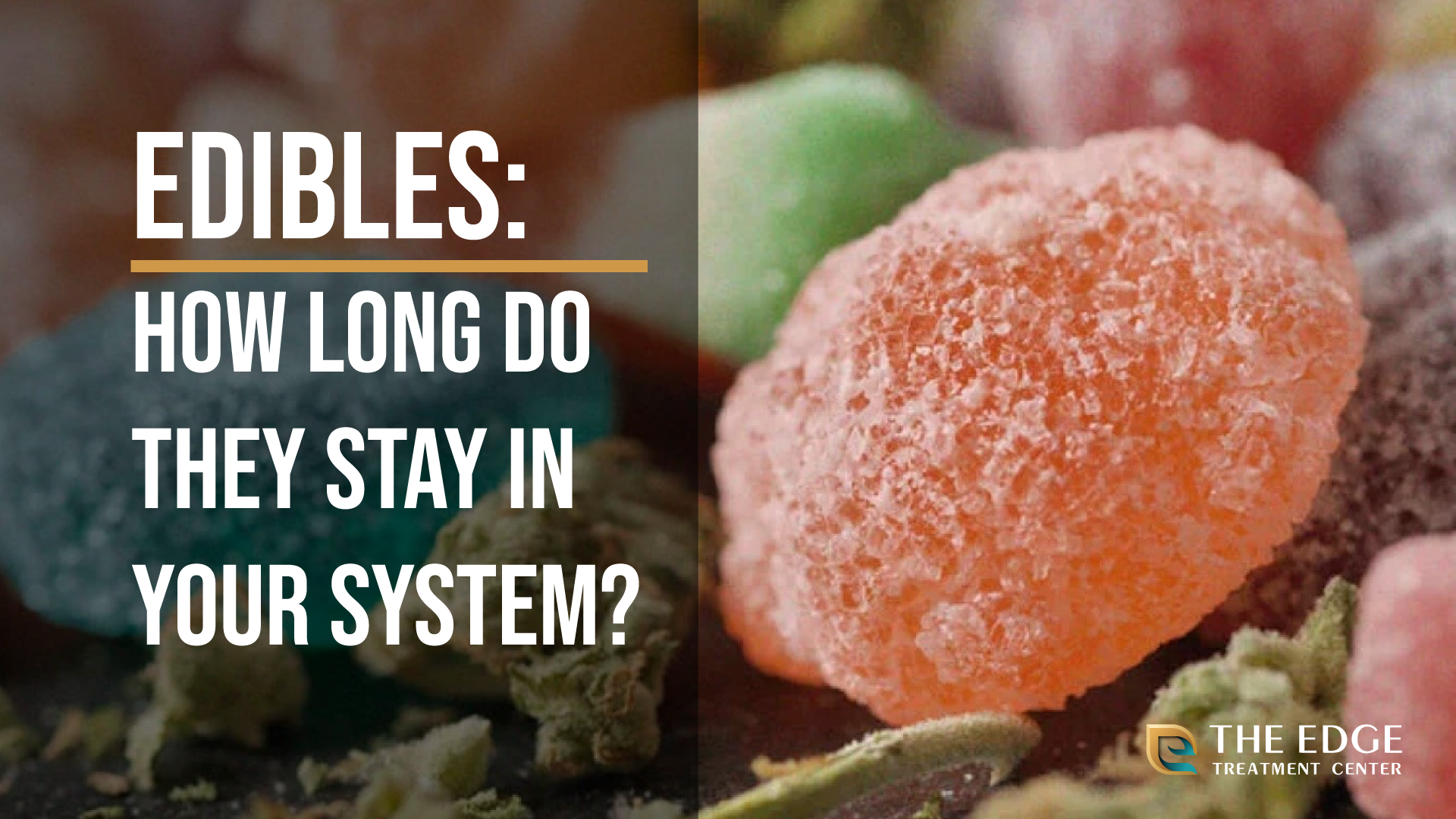
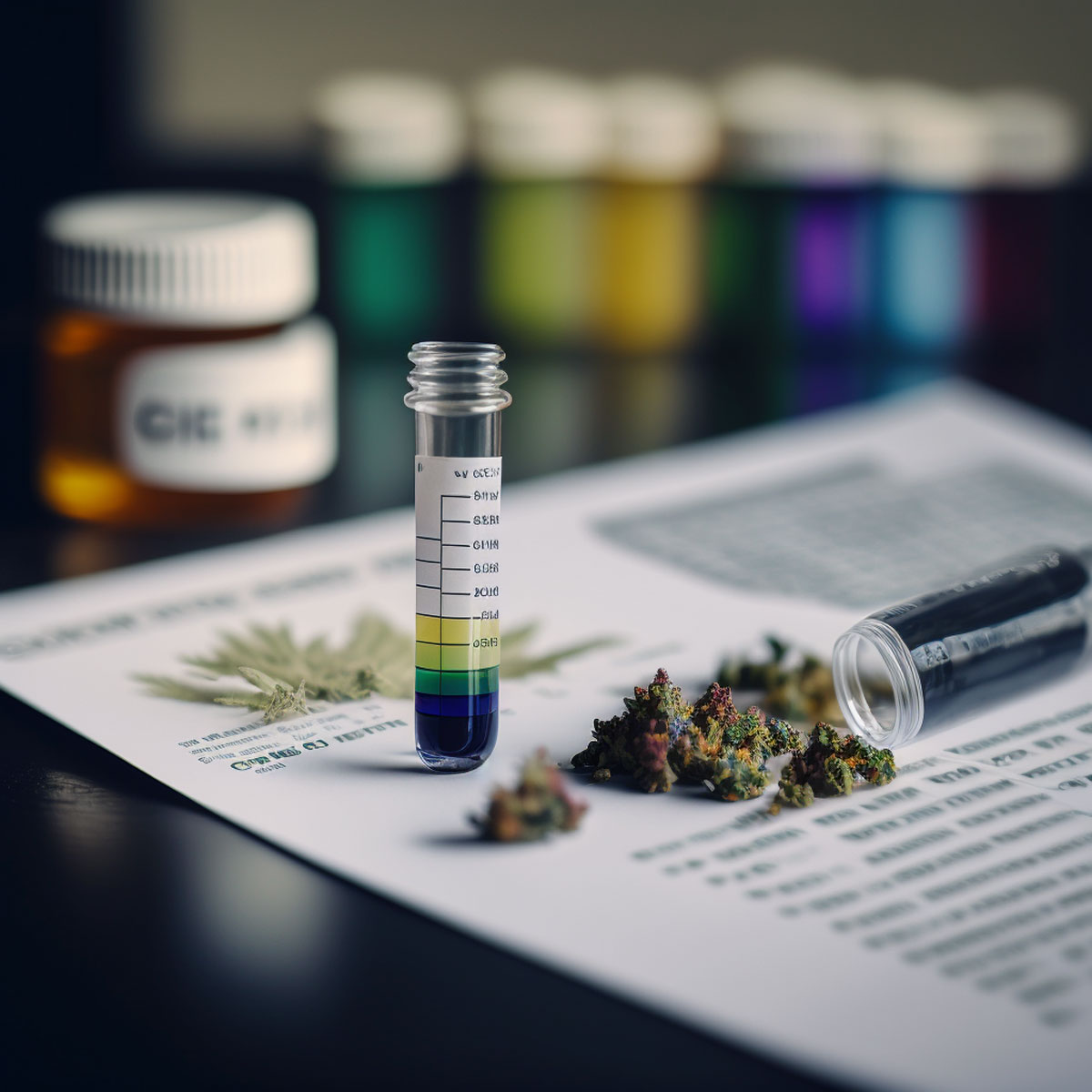

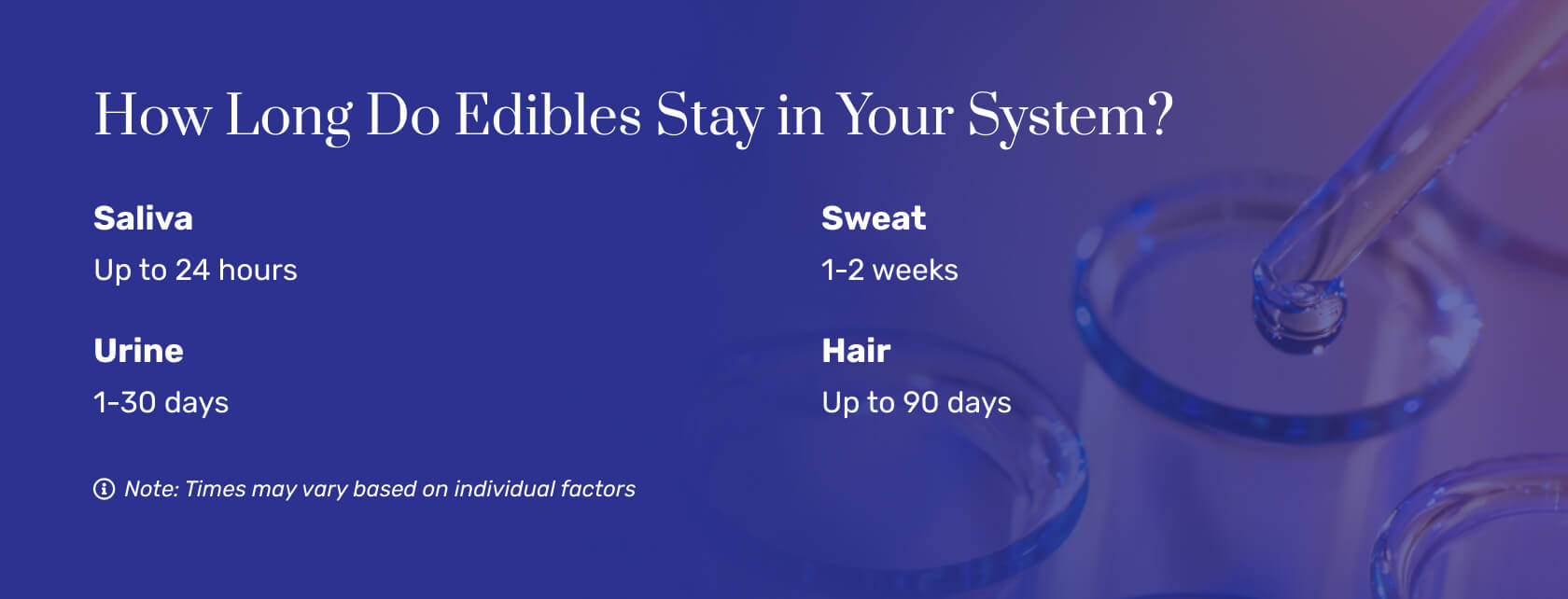
![How Long Does An Edible Stay In Urine Test How Long Do Edibles Last? [Full Timeline]](https://static.wixstatic.com/media/8af0ce_7551be18fc8540f49aa7521b5f46934c~mv2.jpg/v1/fill/w_1000,h_668,al_c,q_90,usm_0.66_1.00_0.01/8af0ce_7551be18fc8540f49aa7521b5f46934c~mv2.jpg)


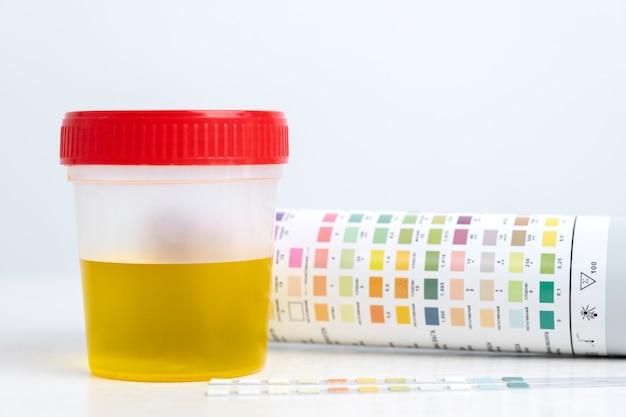




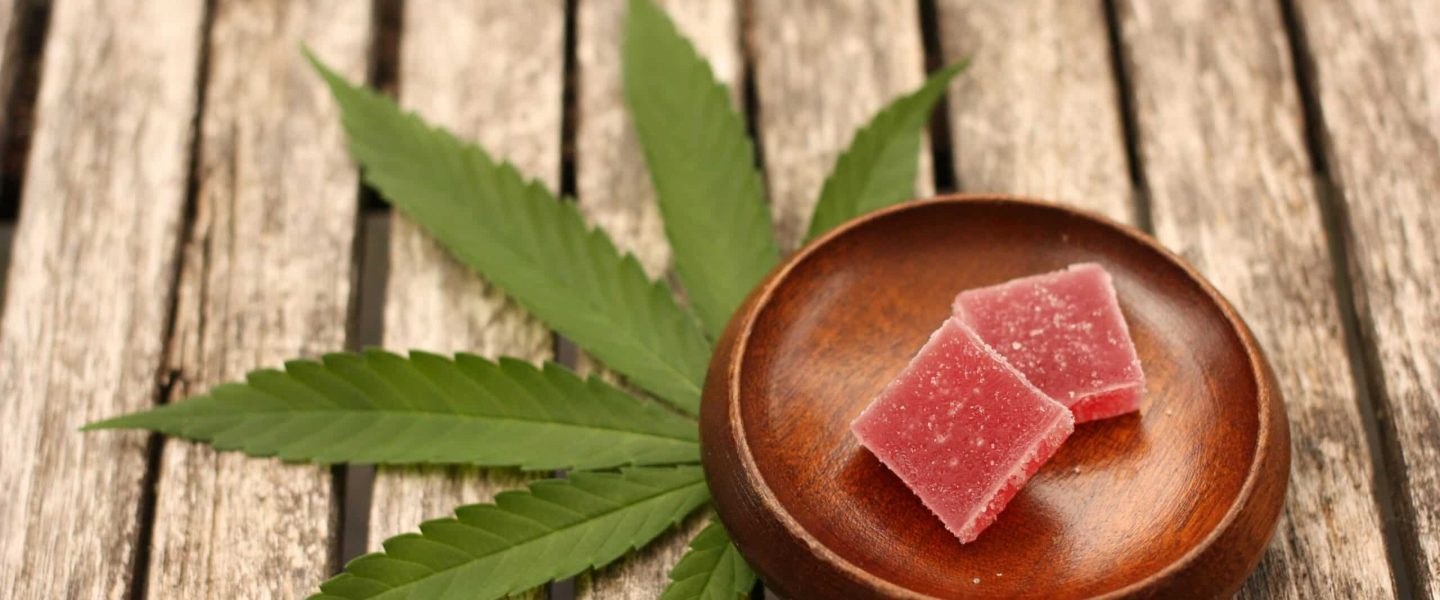


![How Long Does An Edible Stay In Urine Test How Long Do Edibles Stay In Your System? [1571f6]](https://i.ytimg.com/vi/pt6_Inu8nDk/sddefault.jpg)
